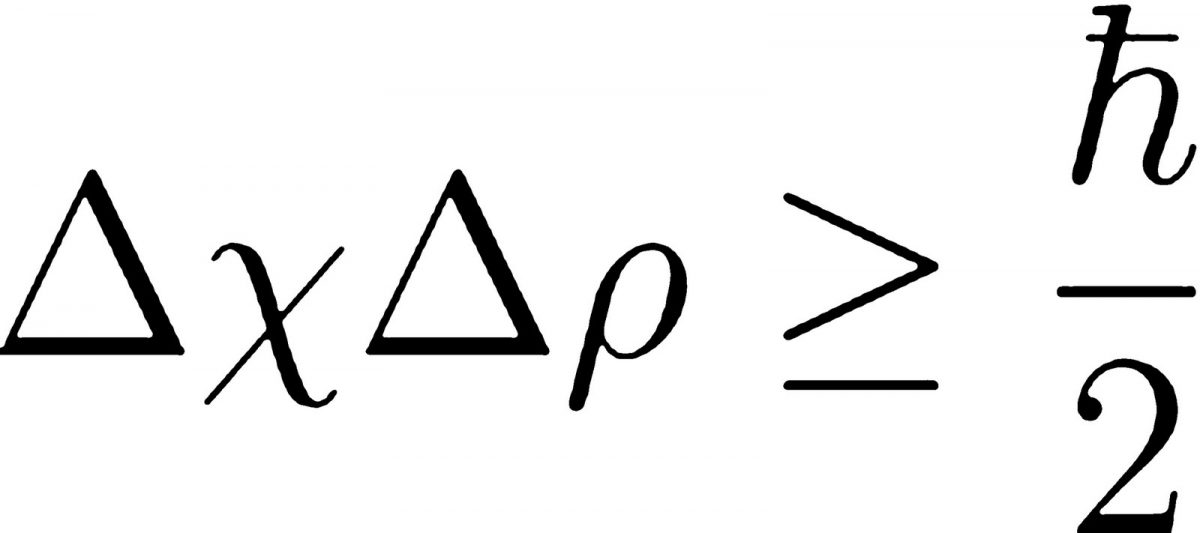Introduction
In the intricate realm of decision-making, where uncertainty reigns supreme, the Heisenberg Uncertainty Principle emerges as a powerful mental model. Derived from quantum physics, this principle elucidates the inherent limitations of simultaneously measuring certain pairs of properties with precision. While the Heisenberg Uncertainty Principle finds its roots in the realm of subatomic particles, it holds surprising relevance in human psychology and our day-to-day lives. By understanding this mental model, we can unravel the hidden biases and fallacies that often cloud our decision-making processes, enabling us to make more informed and rational choices.
Defining the Heisenberg Uncertainty Principle
The Heisenberg Uncertainty Principle, formulated by physicist Werner Heisenberg in 1927, asserts that the more precisely one attempts to measure the position of a particle, the less precisely one can know its momentum, and vice versa. In simpler terms, the principle suggests an inherent limit to the accuracy with which certain complementary properties of a particle, such as position and momentum, can be determined simultaneously.
Relevance in Decision-Making Processes
This concept holds profound implications for decision-making, as it highlights the fundamental uncertainty that often accompanies our choices. Just as the position and momentum of a particle cannot be simultaneously known with absolute precision, the outcomes and consequences of our decisions cannot always be predicted with certainty. The Heisenberg Uncertainty Principle challenges our desire for complete control and certainty, urging us to embrace the inherent uncertainty and complexity of decision-making.
Examples of the Heisenberg Uncertainty Principle in Various Contexts
- Personal Life Decisions: Consider an individual contemplating a career change. They may have a strong desire for stability and financial security, which prompts them to pursue a job in a well-established field. However, by focusing solely on the quantifiable factors like salary and job security, they neglect to consider the potential fulfillment and satisfaction they may find in pursuing their true passions. In this scenario, the Heisenberg Uncertainty Principle manifests as a trade-off between the measurable outcomes and the intangible aspects of personal fulfillment.
- Business Scenarios: In the realm of business, the Heisenberg Uncertainty Principle reveals itself in the context of risk-taking and innovation. Organizations often face the dilemma of investing resources in exploring novel ideas and ventures, which entails uncertainty and potential failure. Some companies, driven by a fear of negative outcomes, choose to play it safe by maintaining the status quo. However, by avoiding calculated risks, they limit their growth and miss out on opportunities for transformative success. The Heisenberg Uncertainty Principle reminds us that embracing uncertainty can be a catalyst for innovation and long-term prosperity.
- Public Policy-Making: The Heisenberg Uncertainty Principle also has implications in the realm of public policy. Consider a government grappling with the decision to implement a new social welfare program. The policymakers face a complex web of interrelated variables, including economic impact, social equity, and political consequences. By striving to predict and control all possible outcomes, they risk falling into a state of analysis paralysis, delaying the implementation of much-needed policies. The Heisenberg Uncertainty Principle serves as a reminder that complete knowledge and control over the consequences of a policy change are unattainable, encouraging policymakers to make informed decisions based on the available evidence and potential benefits.
Mental Biases and Psychological Underpinnings
The Heisenberg Uncertainty Principle is closely intertwined with various cognitive biases that impact decision-making. One such bias is the illusion of control, where individuals overestimate their ability to predict and influence outcomes. This bias can lead to an inflated sense of certainty, causing individuals to overlook critical information or alternative possibilities. The confirmation bias is another relevant factor, wherein individuals tend to seek and favor information that supports their preexisting beliefs, further reinforcing a false sense of certainty.
Furthermore, the ambiguity effect plays a significant role in the Heisenberg Uncertainty Principle. This bias suggests that when faced with uncertain choices, individuals tend to favor options with known probabilities over those with ambiguous probabilities. This bias stems from a desire to minimize cognitive effort and reduce the discomfort associated with uncertainty. However, it can lead to suboptimal decisions when the unknown option holds significant potential value.
Identifying and Mitigating the Heisenberg Uncertainty Principle
To avoid succumbing to the Heisenberg Uncertainty Principle, it is essential to develop self-awareness and actively challenge our cognitive biases. Here are practical strategies to mitigate the impact of this mental trap:
- Embrace Uncertainty: Acknowledge the inherent uncertainty in decision-making and accept that absolute certainty is elusive. Embracing uncertainty allows for greater adaptability and flexibility in the face of unexpected outcomes.
- Seek Diverse Perspectives: Actively seek out diverse viewpoints and consider alternative possibilities before making a decision. Engaging with differing opinions can help counter confirmation bias and broaden your understanding of the problem at hand.
- Test Assumptions: Challenge your assumptions and underlying beliefs by subjecting them to critical examination. Consider the limitations of your knowledge and be open to revising your perspectives based on new information.
- Analyze Risks and Rewards: When faced with uncertainty, assess the potential risks and rewards associated with each decision. Consider the potential outcomes and their probabilities, taking into account both tangible and intangible factors.
- Experiment and Learn: Embrace a mindset of experimentation and learning from failures. By adopting a willingness to take calculated risks and learn from the outcomes, you can foster a culture of innovation and growth.
Conclusion
The Heisenberg Uncertainty Principle serves as a thought-provoking mental model that sheds light on the limitations of our decision-making processes. Recognizing its prevalence in personal, business, and public policy domains enables us to navigate the complexities and uncertainties of life more effectively. By cultivating self-awareness, challenging biases, and embracing uncertainty, we can make more informed, rational decisions that align with our long-term goals and aspirations. Awareness of the Heisenberg Uncertainty Principle empowers us to embrace the dynamic nature of decision-making, ultimately leading to better outcomes and a more fulfilling life.
